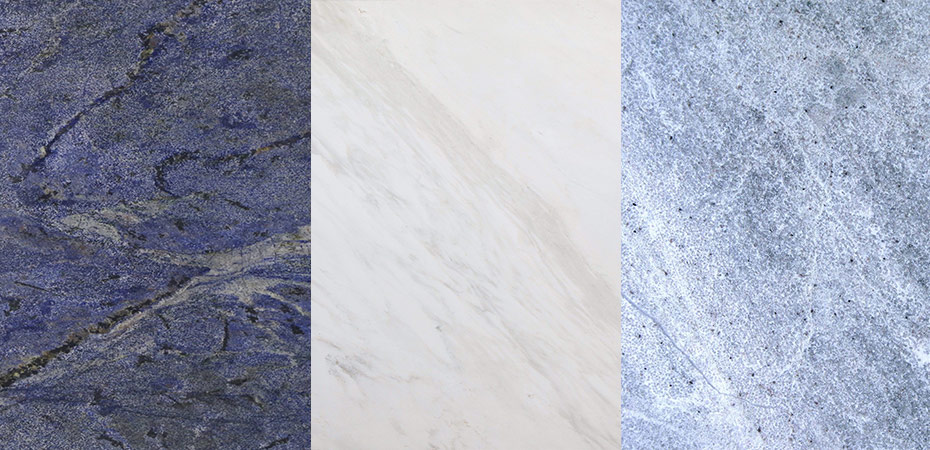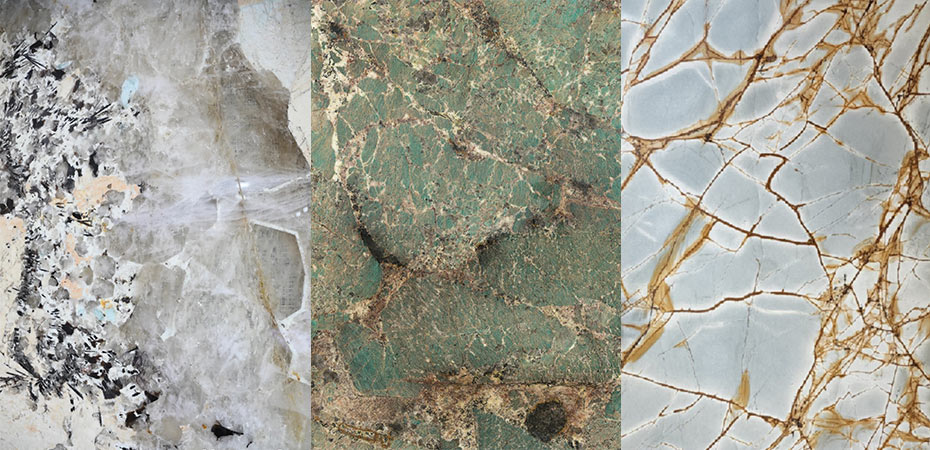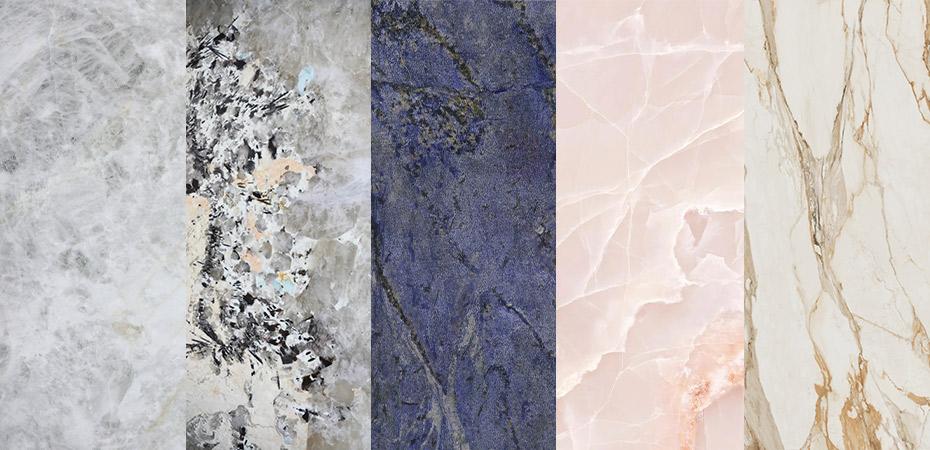What Are You Looking For?
Which Characteristics Make Natural Stone the Most Expensive?
Jul 07, 2025In the global stone industry, natural stone pricing varies significantly based on a combination of geological rarity, aesthetics, processing difficulty, and market demand. While general consumers may equate high price with beauty alone, seasoned professionals know that value in natural stone is driven by deeper factors. We'll explore the specific characteristics that make certain types of natural stone reach premium pricing levels.
1. Geological Rarity and Scarcity
Scarcity is a foundational driver of price in the natural stone market. Stones that are extracted from quarries with limited reserves or from regions with strict mining regulations often command the highest prices. Examples include:

Azul Bahia: A vivid blue granite from Brazil, known for its deep color and limited extraction volume.
Bianco Lasa (Lasa White Marble): Originating from South Tyrol in Italy, this marble is tightly controlled in supply and prized for its pure white background.
Bleu de Savoie: A French blue-grey marble whose quarrying is restricted by environmental policies.
When a stone is no longer actively quarried or is nearing depletion, prices can surge dramatically due to collectability and dwindling availability.
2. Visual Uniqueness and Artistic Value
Stones with naturally occurring patterns that resemble abstract art, landscapes, or fluid motion often achieve premium pricing. These "artistic stones" are valued not just for their raw material but also for their ability to serve as statement pieces in architecture and interior design. Examples include:

Patagonia Quartzite: A dramatic mix of translucent quartz, feldspar, and mineral veins, often backlit to enhance its appearance.
Amazonite: A rare greenish-blue quartzite with crystalline texture and high visual impact.
Blue Roma: With painterly swirls and movement, it stands out in high-end residential and boutique hospitality spaces.
These slabs are typically sold per piece rather than by square meter, due to their uniqueness.
3. Crystalline and Semi-Precious Stone Composition
Some of the most expensive natural stones belong to the crystal-rich quartzite or semi-precious categories, containing elements such as quartz, amethyst, or even tourmaline. These stones not only exhibit high clarity and translucency, but also require more care in cutting and polishing due to their hardness and brittleness.

Cristallo Quartzite: Often translucent, ideal for backlit applications.
Ametista (Amethyst Quartzite): Deep violet with visible crystal formations.
Onyx Variants: While technically not quartzites, onyx stones like Pink Onyx and Honey Onyx are priced at a premium due to their translucency and decorative appeal.
These stones often fall in the $280 - $480/m² range, depending on thickness, clarity, and origin.
4. Processing Difficulty and Block Integrity
Even a beautiful stone loses value if it fractures during cutting or produces excessive waste. Conversely, stones with large, structurally sound blocks and high slab yield per cubic meter will have greater value due to lower production loss.
Hard stones such as quartzite or some types of dolomite require advanced processing tools (e.g., diamond wire saws, resin reinforcement), which increases cost. Additionally, highly figured stones may require bookmatching or pattern continuation, further increasing labor and material costs.
5. Brand Recognition and Market Demand
Stones associated with iconic projects, global design brands, or famous architecture firms naturally carry a reputation premium. Italian stones such as Calacatta Borghini, Statuario, or Arabescato Corchia are not only visually stunning, but also deeply entrenched in luxury design culture.
Because of limited quarrying and strong association with high-end applications, these stones can reach over $700/m² for top-tier blocks and slabs.

Comparative Snapshot: Top Premium Natural Stones
| Stone Type | Average Price (EXW) | Key Characteristics |
| Cristallo Bianco | $280 - $400/m² | Translucent, crystalline, bookmatch potential |
| Patagonia | $140 - $450/m² | Artistic, semi-precious, unique slab pattern |
| Azul Bahia | $280 - $450/m² | Rare blue granite, limited supply |
| Pink Onyx | $140 - $350/m² | Backlit capability, decorative use |
| Calacatta Borghini | $410 - $700/m² | Iconic Italian marble, limited quarry |
While beauty and visual appeal are essential in stone selection, they are only part of the equation. The stones that consistently top the price charts combine rarity, artistic character, material complexity, and strong market demand. Understanding these factors allows architects, designers, and distributors to make informed decisions when sourcing high-value natural stones.
Whether you're sourcing for a luxury hotel lobby, a high-end kitchen, or a designer boutique, knowing what drives natural stone pricing ensures you're getting both aesthetic and commercial value.